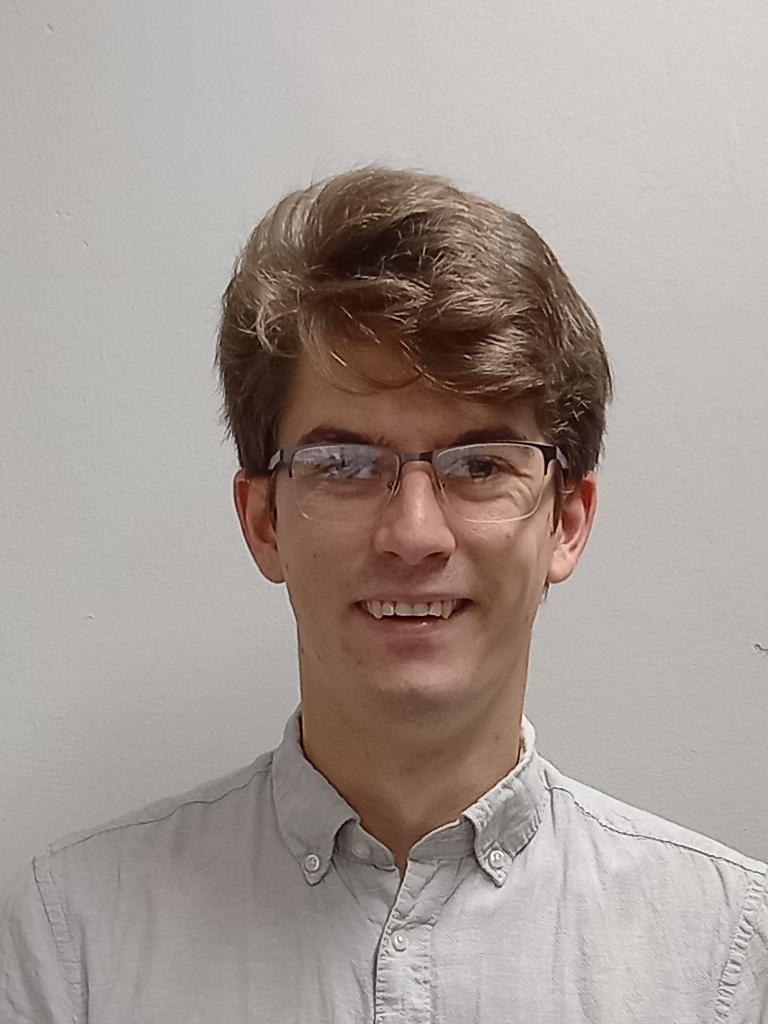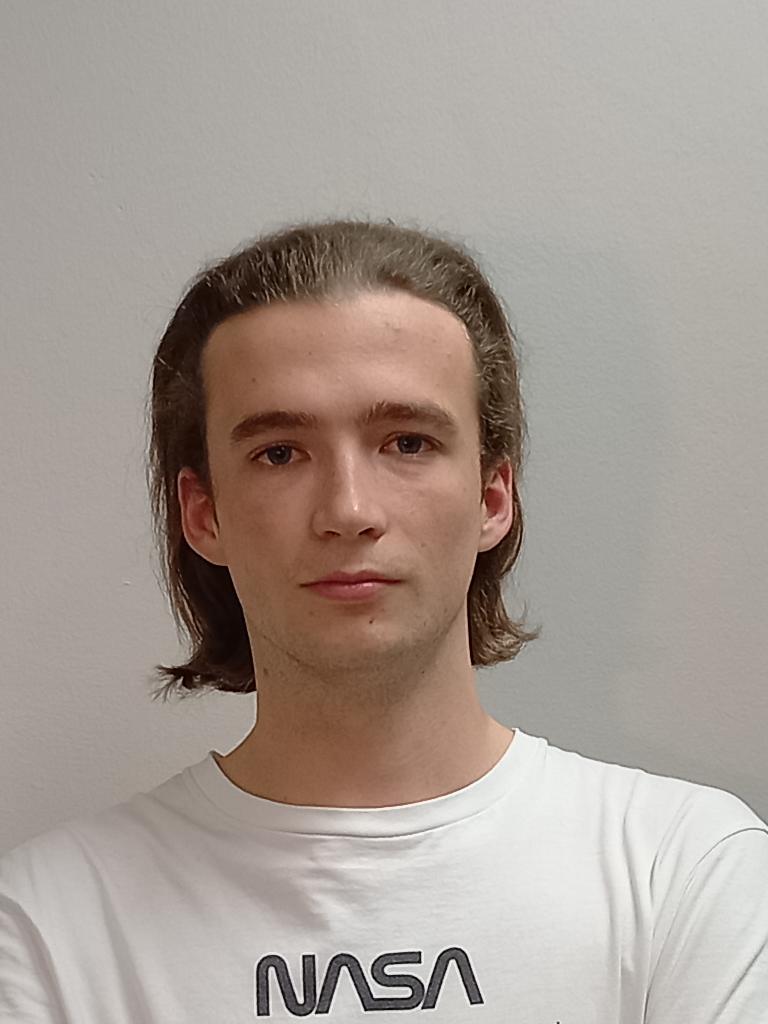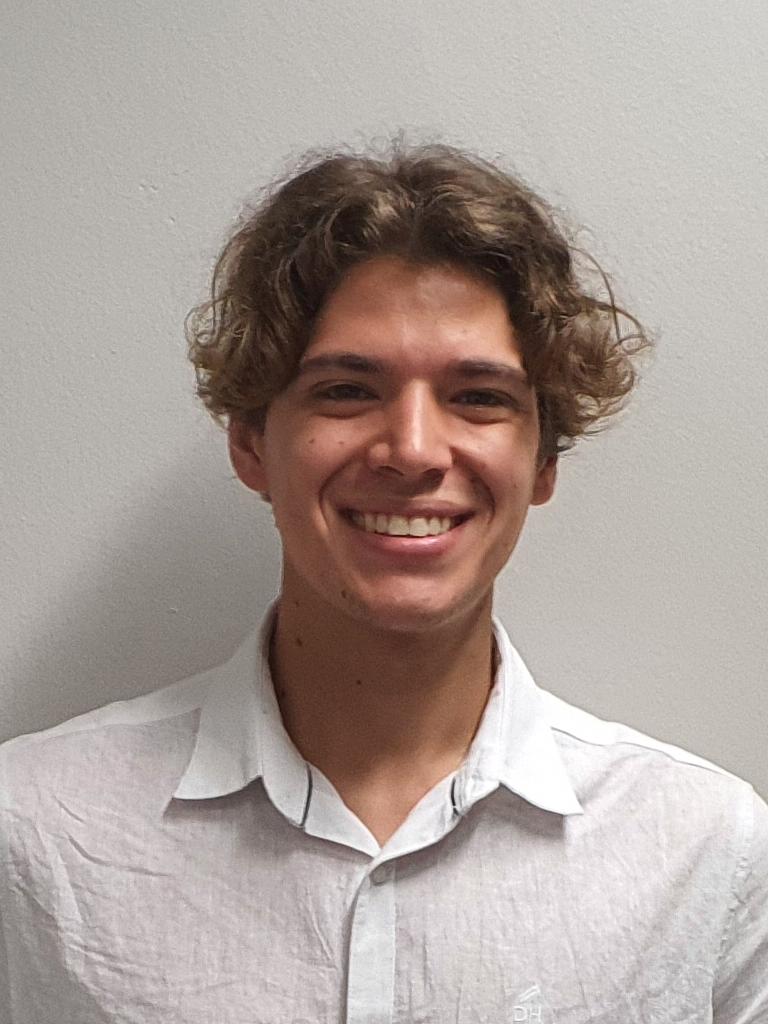Available Projects (2026)
Comparing model-based reinforcement learning and model predictive control for multi-vehicle racing – Read more
"Diplomacy" using reinforcement learning – Read more
Co-supervisor: Herman Kamper
Gaussian belief space planning using probabilistic graphical models – Read more
Co-supervisor: Corné van Daalen
The degenerate Kalman filter – Read more
Current Students

Francois Bredell (PhD)
Co-supervisor: Herman Engelbrecht
Learning to play Hanabi using multi-agent reinforcement learning

Chris Flood (MEng)
Main supervisor: Herman Engelbrecht
Developing and testing a full-stack system for F1tenth autonomous racing

Nico Martin (MEng)
Main supervisor: Lijun Zhang
Safe reinforcement learning for autonomous racing
Past Students
2025

Emile Visser (PhD)
Co-supervisor: Corné van Daalen
Improving the accuracy of Bayesian optimisation using an adaptive approach

Devin Jefferies (MEng)
Co-supervisor: Benjamin Evans
Autonomous F1tenth racing on an unknown track

Stephano Buys (MEng)
Co-supervisor: Japie Engelbrecht
Cooperative planning for autonomous search and rescue
2023

Andrew Murdoch (MEng)
Co-supervisor: Willem Jordaan
Partial End-to-End Reinforcement Learning for Autonomous Racing – View thesis

Ulrich Louw (MEng)
Main supervisor: Willem Jordaan
Autonomous Diagnosis of Satellite Sensor Anomalies to Ensure Fault Tolerant Control – View thesis

Welri Botes (MEng)
Main supervisor: Japie Engelbrecht
Grid-Based Coverage Path Planning for Multiple UAVs in Search and Rescue Applications – View thesis
2021

Cobus Louw (MEng)
Main supervisor: Herman Engelbrecht
Solving Sparse-reward Problems in Partially Observable 3D Environments using Distributed Reinforcement Learning – View thesis